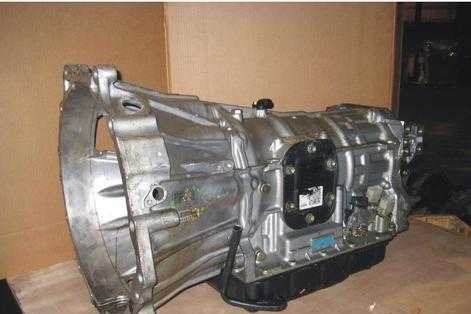It Wasn’t Like That Before
When visiting WiWi’s Transmissions in Miami on a hot Saturday morning, there was a 2007 Dodge Ram 3500 with a 6.7L diesel and an AS68RC transmission (Figure 1) in failsafe along with a serious delayed engagement into reverse. A tech made some checks the night before but didn’t see much and left it for the following day. Because I was there, they asked me to take a look at it.
| I first ran it for codes as did they. And as expected, I came up with the same codes; U140D – Implausible Wheel Speed Signal, P0711 – Trans Temp 1 Sensor Performance, P0713 – Trans Temp 1 Sensor High and P0761 – Shift Solenoid C Performance. The TCM for this is under the left side of the dash so I decided to check the temperature signal at the TCM. This particular sensor identified as Temp Sensor 1 indicates that it is the sensor located inside the transmission. There is another on an external cooling line which this code is not referring to.
Typically one can expect to see approximately 4.5 volts cold and watch the voltage drop as it warms up. When I turned the ignition on a full five volts came up on my old faithful meter. This confirmed a valid P0713 code which also confirmed an open circuit existed somewhere in the circuit. |
At this point we put the vehicle on the lift so I could make checks at the grey 10 way connector. When it was unplugged and brought into view, there staring us in the face were two broken wires at the very base of the connector. One of the broken wires was for Temp Sensor 1 and the other for Shift Solenoid C (P0761).
The tech that looked at this the night before swore that when he made his inspection they were not broken. It wasn’t like that before he said, and I believe him. These wires are known to break in this area. They become weather and heat compromised causing erosion. These wires can be hanging on by a few strands. Not being entirely severed they still produce codes as they are unable to handle a load. They might even survive a disturbance like unplugging the connector one time, which I believe was the case here.
When I unplugged it for a second time they couldn’t hold on and made themselves visible. This experience was a lesson in yet another way to inspect a connector aside from looking for corrosion or pushed out wires or folded down pins.
Was this information helpful? If so, comment below and share it!



